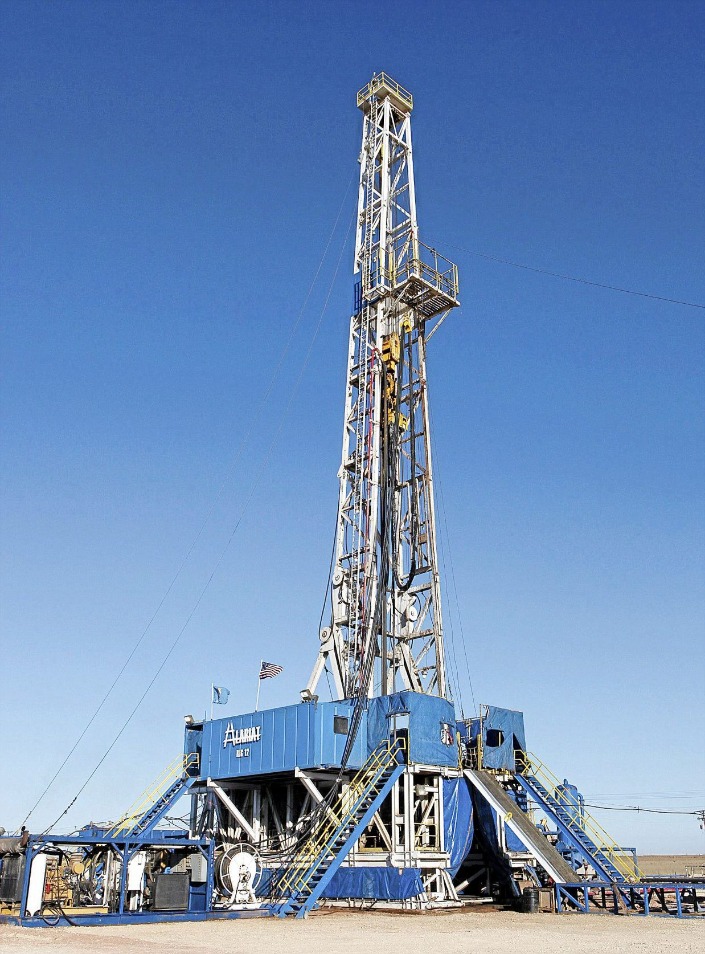
Read more about bohrbrunnen here.
Well drilling may not be a commonly discussed topic, but its significance in providing access to clean water cannot be overstated. As the global population continues to grow, the demand for fresh water is on the rise, making efficient methods of water extraction crucial for sustainability. One of the most effective ways to tap into underground water sources is through well drilling.
Read more about brunnenbau here.
The Process of Well Drilling
Well drilling involves the excavation of a hole in the ground to access groundwater reserves. This process typically starts with finding the ideal location for the well based on geological surveys and water availability assessments. Once the site is chosen, drilling equipment is used to bore into the earth, reaching depths where water can be found.
Read more about bodenerkundung here.
Various drilling techniques, such as rotary drilling or cable tool drilling, can be employed depending on the geological conditions of the area. After reaching the desired depth, the well is lined with materials like steel casing to prevent collapse and contamination of the water supply.
The Benefits of Well Drilling
Well drilling offers numerous advantages, especially in areas where surface water sources are limited or contaminated. By accessing groundwater reserves, communities can secure a reliable supply of clean water for drinking, irrigation, and other essential needs. Additionally, wells are more resilient to droughts and climate variability compared to surface water bodies, ensuring water security during periods of scarcity.
Furthermore, well drilling can contribute to improved public health outcomes by reducing the risk of waterborne diseases associated with contaminated surface water. Access to safe drinking water can lead to lower rates of illnesses and deaths caused by waterborne pathogens, ultimately improving the overall well-being of communities.
Read more about schachtbrunnen here.
In conclusion, well drilling plays a vital role in enhancing water access and security for communities worldwide. By harnessing underground water sources through efficient drilling techniques, we can ensure a sustainable supply of clean water for future generations.

